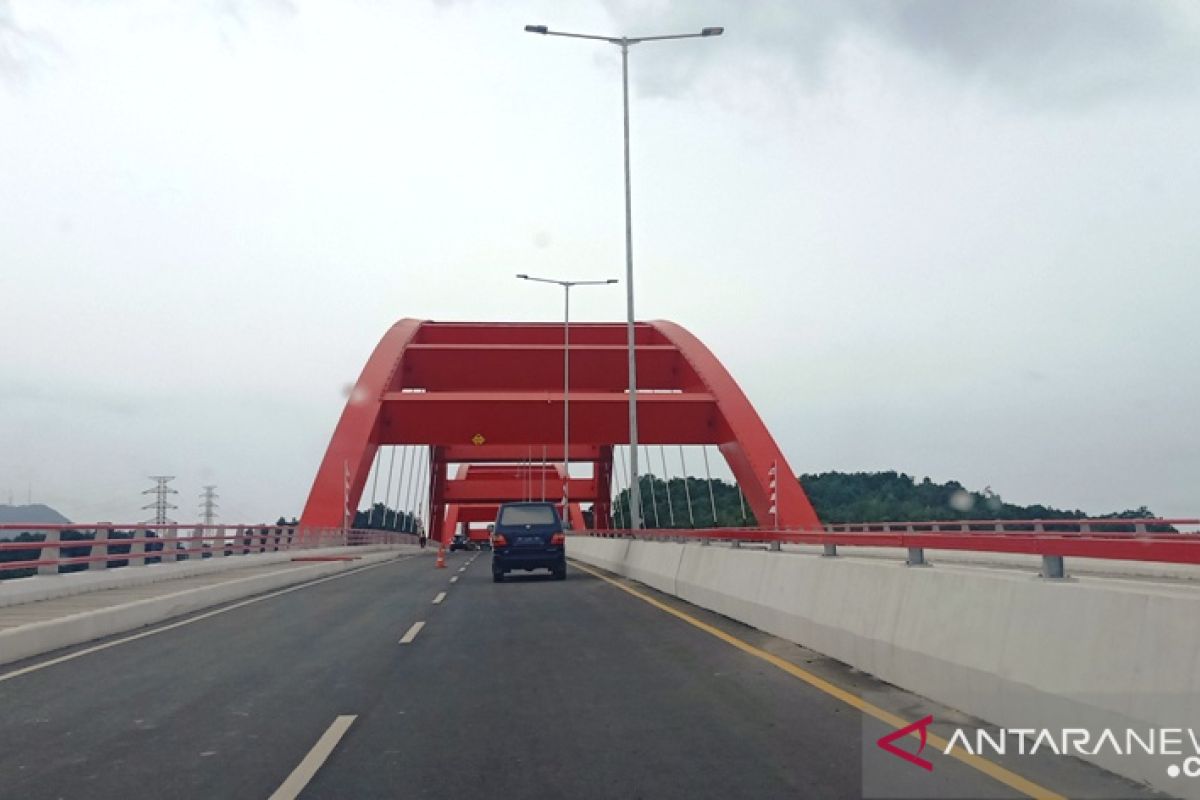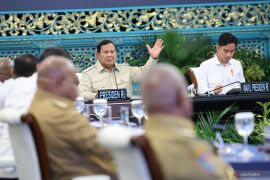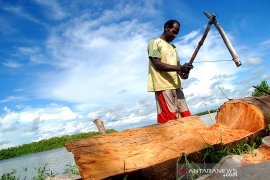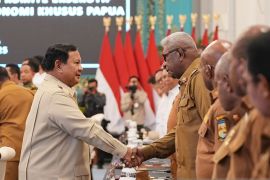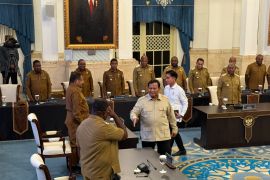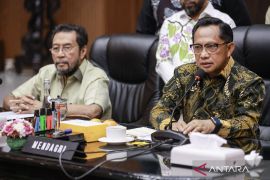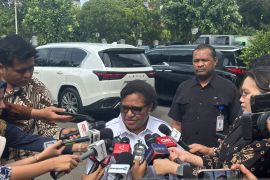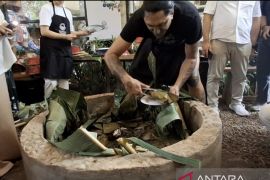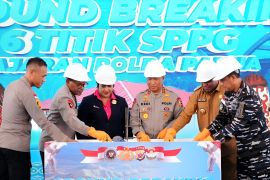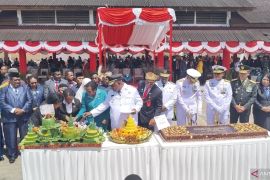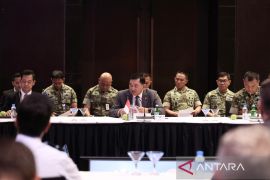The bridge is far from ordinary since it spans stunning Youtefa Bay that has scenic beauty and serene environment as well as is surrounded by the Pie and Saweri Capes.
From the bridge, visitors can also spot Tobati Strait measuring only some 300 meters wide and providing access to Yos Sudarso Bay and also to the seas.
The Youtefa Bay area is indeed a destination for those looking to unwind and escape from the hustle and bustle of city life. The scenic beauty also presents a plethora of options for photography.
Tourists will also come across a sago forest and a majestic green mangrove forest there, two striking rivers called Entrop and Acai, and beautiful isles located in the middle of the bay.
Another unique natural attraction found in the Youtefa Bay area is a natural field called Arising and Sinking field since the spot is only visible during low tide and vanishes from sight during high tide.
As most land areas in Youtefa are still forested, several species of flora and fauna are also found, such as various types of insects, reptiles, mammals, Lorius Lori exotic bird, and long-tailed monkeys.
Members of Papua tribes live in traditional villages called Tobati and Enggros surrounding the bay.
The work to construct Youtefa Bridge, also prevalently known as Holtekamp Bridge, began in 2015 and cost some Rp943.6 billion, with the objective of boosting the province's economic development.
It will cut short the time required to reach Skouw border from Jayapura, from 2.5 hours to 60 minutes.
The bridge was constructed by a consortium of state construction companies: PT PP, PT Hutama Karya, and PT Nindya Karya.
"I am upbeat about this Youtefa Bridge being cared about and kept clean," President Jokowi remarked while inaugurating this 732-meter-long and 21-meter-wide bridge.
In the meantime, Deputy Minister of Public Works and Public Housing (PUPR) Wempi Wetipo had earlier stated that the construction of Youtefa Bridge is part of President Jokowi's commitment to speeding up infrastructure development in Papua Province.
Hence, Wetipo urged the people, at large, especially those residing in Jayapura, the capital city of Papua, to maintain this long bridge.
"Please take care of this bridge. Do not vandalize it again. This is proof of a president's commitment to us," he noted, adding that President Jokowi truly cares for the rapid development of infrastructure facilities in Papua.
Wetipo drew attention to President Jokowi's focus on Papua also being apparent from the appointment of native Papuans, including himself, as his cabinet members.
Moreover, President Jokowi, during a meeting with several Papuan figures in Jakarta, discussed the possibility of erecting a Presidential Palace and Dormitory of Archipelago in Jayapura, the capital city of Papua Province.
Abisai Rollo, revered figure of the Port Numbay customary community, stated that construction of a presidential palace in Papua was one of the 10 requests conveyed by the Papuan figures during the meeting with the president.
Rollo affirmed he had provided 10 hectares of land to the state to build the Indonesian Presidential Palace, the work for which will commence in 2020.
The fact that Jokowi has visited Papua 13 times since December 2014 mirrors his administration’s special attention to the development programs in the country's easternmost province.
Jokowi undertook his first visit in December 2014, just over a month after being sworn in as Indonesia's seventh president in October 2014. During that time, the president promised the Papuans that he will pay frequent visits to the province.
His latest visit to Papua and West Papua, Indonesia’s easternmost provinces, took place on Oct 27-28, 2019, or just a week after his second-term presidential inauguration on Oct 20.
The Jokowi administration has developed various types of infrastructure, such as airports and roads on Papua Island, including a Trans-Papua road, spanning 4.6 thousand kilometers, which is expected to boost connectivity on Papua Island.
The Trans-Papua road cuts short the time needed for the transportation of goods, logistics, and people's movement in Papua, which has difficult terrain, as a large part of its land area is still covered by thick forest and swamps.
The government has allocated sufficient funds, reaching Rp85.7 trillion, for development programs in Papua.
Development activities in Papua face various security challenges, but the government is determined that the development programs should nonetheless continue.
Despite security challenges and the soaring cost, the government remains committed to building infrastructure in Papua, including the power lines, to realize social welfare, Jokowi had earlier remarked.
Furthermore, he also reminded that development in Papua should be in line with human rights values and good governance in addition to maintaining the local traditions and involving local communities. Related news: President Jokowi inaugurates Youtefa Bridge in Jayapura
Related news: Jayapura offers "Tour The Youtefa" package
EDITED BY INE
Editor: Suharto
Copyright © ANTARA 2019
